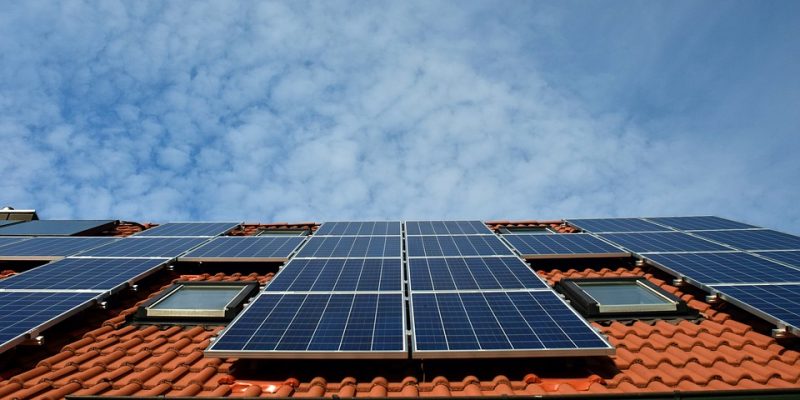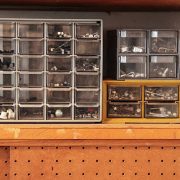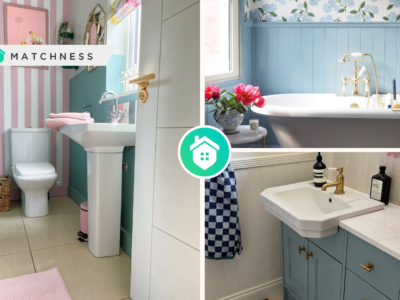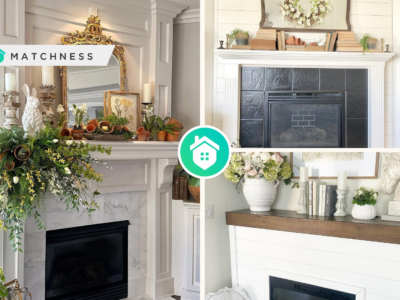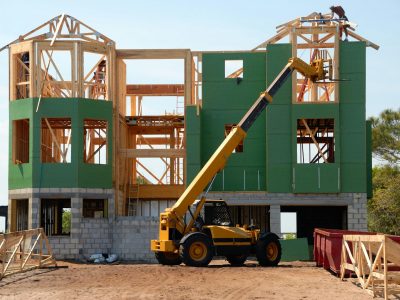The use of solar panels has been increasing day by day throughout the world. It is one of the most reliable, inexpensive, and eco-friendly energy sources.
The productivity of solar panels depends on sunlight. The more sunlight it will get, the more it will supply energy. Now, a question may come to your mind subconsciously: how many hours of sunlight do solar panels actually need, right?
Well, It generally depends on several things such as how many devices you’ll use with it, the size of a solar panel, weather conditions, and so on. But, usually, a solar panel needs around 5 hours of sunlight.
However, to get details regarding the question, you can check out the following sections. We have also covered how solar panels perform, how indirect solar sunlight affects solar production, and more in this write-up.
How Many Hours of Sunlight Do Solar Panels Need?
As we mentioned earlier, a solar panel needs around 5 hours of sunlight a day to work perfectly. But, the fact is, the hours of daylight that your solar panels need to perform well will be contemplated by a couple of factors, such as
- The Roof Angle’s
- Size of Your Home and Family [Energy Consumption Needs]
- Weather Conditions in Your Regions
- The Number of Solar Panels in Your Roof
- If There Is Shade During a Certain Time of Day
Indeed, other factors, including weather patterns and indirect sunlight, will also impact how solar panels produce energy and perform. Taking all of these determinants into consideration will aid you in determining how many solar panels would be perfect for your definite needs and situation.
Solar panels technology is improving day by day. And you’ll find several solar panels that work perfectly in shaded areas and produce more energy even in indirect sunlight. You can check out some of the best solar panels reviews on Solarpanelfreak before purchasing that are ideal for ill-sunlight areas.
However, if you are concerned about solar panels not getting sufficient sunlight to work properly, you can look at Germany and Norway as examples. Maximum residents of these two countries use solar energy though they are very well-known for being in colder climates and having a lot of cloud cover, and that has not kept them away from installing solar panels.
Do Solar Panels Need Direct Sunlight?
This is another typical question that is usually asked by many more people, especially those who are supposed to install a solar panel. The answer to the question is, No! Solar panels don’t require direct sunlight to work. It takes up rays from the sun to transfer protons and confers usable electricity.
How do solar panels ingest solar energy and produce electricity? Before comprehending the entire fact, you have to perceive how solar panels work or function. It absorbs light particles [Photons] from the sun released from sunlight and converts them into usable energy to power home and commercial appliances. Photons that are radiated from the sun reach the solar panels even during indirect sunlight.
A single solar panel comes up to many small photovoltaic cells connected to go more exhaustive on this. These cells make solar panels work and are why solar panels can transform photons into usable energy. Every solar panel will have two sets of connecting cells together by a highly adhesive and durable silicone. A side has both a negative and positive charge which enables the perfect electrical spats to deflect.
Solar panels don’t need heat to work, and study shows that they will function more perfectly in colder temperatures. Solar panels are complicated pieces of equipment that are made with mirrors and reflectors to optimize sunlight exposures. This accelerates the amount of received, converted, and overall usable electricity.
Does The Shade Affect Solar Panels?
Most people want to know if shade affects solar panels or not. If it involves, then how? Let’s explain the indisputable fact. The shade affects solar panels but only affects solar energy, not the structure or body materials.
Solar panels depend on sunlight to produce energy, and when it gets sunlight, the photovoltaic cells start producing electrical currents and convert them into direct currents [DC]. Keep in mind that the energy transformation rate relies on the brightness of sunlight.
For example, a 100-Watt energy panel is sufficient for 250-Watt energy regularly under extreme sunlight. If you have shading problems on your solar systems, you have to expect less energy. You may get 150 to 180 watts in a minor shade issue, and the amount can be decreased more under a more ample shade.
What Are The Reason for Shading
Multiple sources are the main reason for sharing. These includes
- Trees
- Building and Roofing
- Cloudy Environment
- Presence of Other Solar Panels
Trees
Trees are one of the main sources of shading that reduces the energy production of solar panels. For that reason, the solar panels should be mounted in an open place. If there are trees beside the solar systems, branches and leaves of trees can be hazardous too. Trees can be the prominent reason for headaches, especially in the summer season, which obstructs the sunlight and creates shade. They can also be dangerous in bad weather as well.
Building and Roofing
Buildings and roof shade can affect the solar panel, and it usually occurs in densely populated areas. How do the building and roof shades affect the solar panel? This question may come to your mind. The lofty buildings obstruct the sun and prevent sunlight from conducting the solar system. To get rid of the problem, you can choose an open place, whether roof or ground. Always make sure that where you have installed, the solar gets adequate sunlight from morning to afternoon.
Cloudy Environment
Cloudy environment is a natural source of shading in the solar system that is out of control. People who live in a region with hazardous and unpredictable weather may confront the issue mostly in the rainy or winter season. The shade is created by clouds in the rainy season, and snow creates shadows in winter. In that case, you can use solar panels with mighty battery power to store power and use it later.
Presence of Other Solar Panel
This is another reason for shading on the solar system. Sometimes, people install solar systems on a shared ground or roof in series. This problem usually occurs when you use a couple of solar panels from the same places as they create shades for each other. For instance, solar panels from the east side will create shade in the morning, and the west side will create shade in the afternoon. That’s why it is necessary to mount the solar panels by comprehending the shading issues. In that case, you can take help from professionals.
Final Verdict
So, how many hours of sunlight solar panels require depends on a couple of things. But, usually, a solar panel needs around 5 hours of sunlight. Sunlight is the principal source of energy for solar panels. The more it will get energy, the more appliances you can use in-home or offices. That’s why we highly recommend setting up solar panels in the place where the sun stays until the afternoon.


